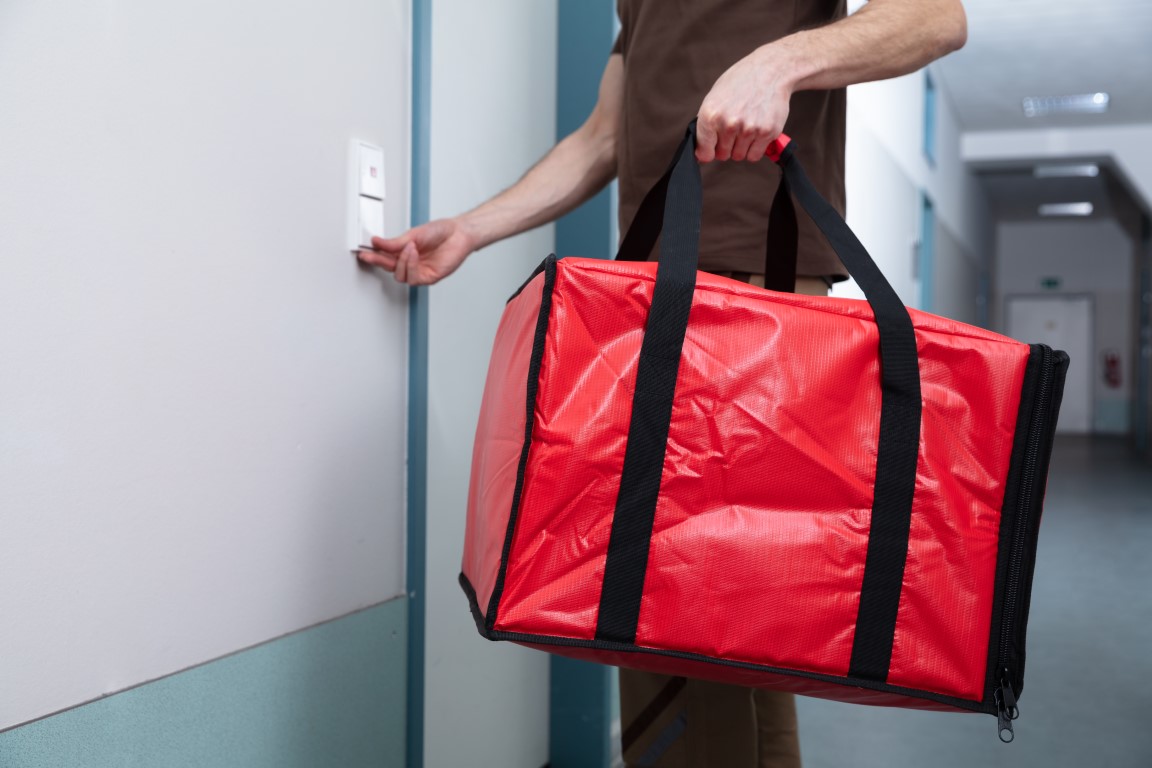
Food delivery services struggling because of coronavirus
By Craig Allan, Staff Writer
In the midst of COVID-19, food delivery services like Skip the Dishes, Uber Eats, and Foodora are proving to be the saving grace of the restaurant industry. With no ability to provide sit down service, food delivery groups are giving restaurants the ability to make some money in these difficult times. It would seem wise to predict that all food delivery companies are making money hand over fist, but that could be deceiving.
On April 27, Foodora announced that they were ceasing operations in Canada effective May 11, citing a $4.7-million dollars of money owed to restaurants. On May 4, Uber Eats announced that they were pulling out of eight markets (Canada not one of them) by June 4, citing low sales and that they were the subject of boycotting by Toronto area eateries due to their high commission fees. Why are food delivery services struggling in a time when they should be thriving?
When it comes to the restaurants, the oasis that food delivery provides is actually a hindrance. In a New York Times article, many restaurants say that they lose money on the services. This is because these food delivery apps cost so much to deliver these items that by the end of an order, the restaurant has already taken a hit to their profit margin.
Another issue for food delivery apps is in the form of the technology. The last decade was defined by investors putting millions of dollars of investment into technology-based apps and industries believing that they were the future. However, in recent years, the failure of sites like the office space sharing WeWork have soured investors on the mad scramble to invest in computer-based models. This includes food delivery apps. When analysed against the metric that restaurants are not making money off food delivery apps, leaves many wondering if the food delivery apps themselves are not sustaining a high profit.
It’s possible that the business model for these apps may not be sustainable even in perceived “good times” like today. Surely, they will still exist in the future, but the model will need to change to ensure that the business is able to properly pay its couriers, restaurants, and other critical workers while still turning a profit. If this does not happen, food delivery apps will have trouble bringing home the bacon.

